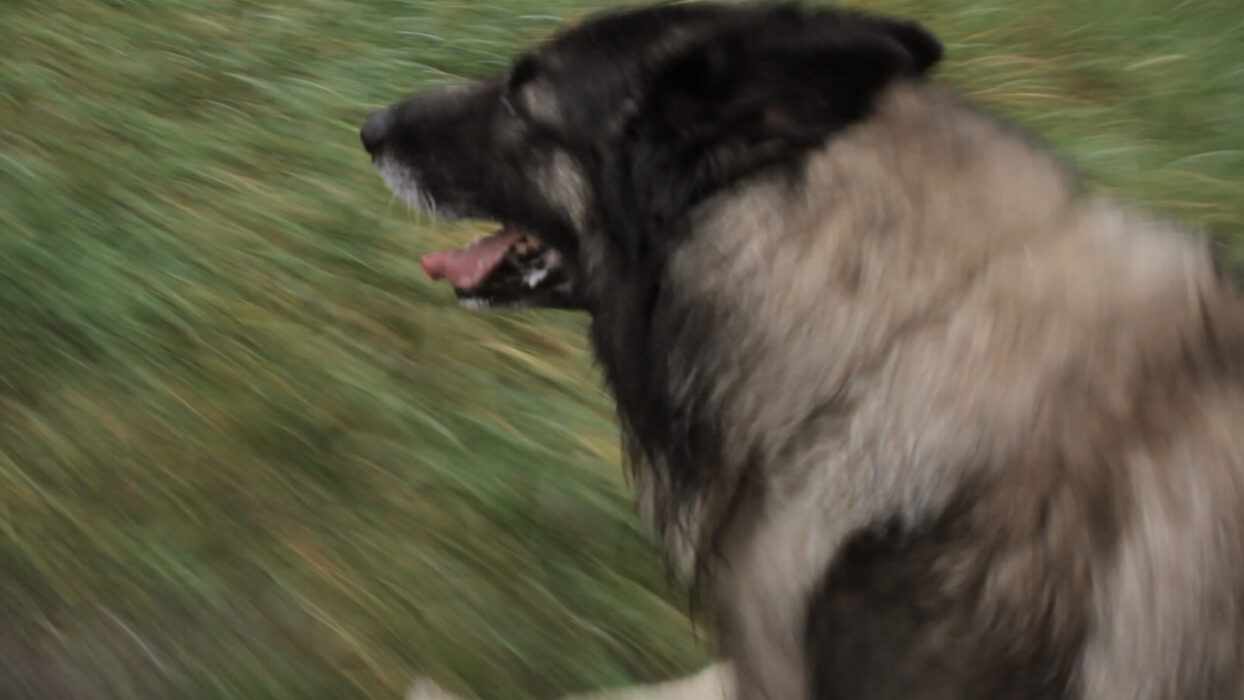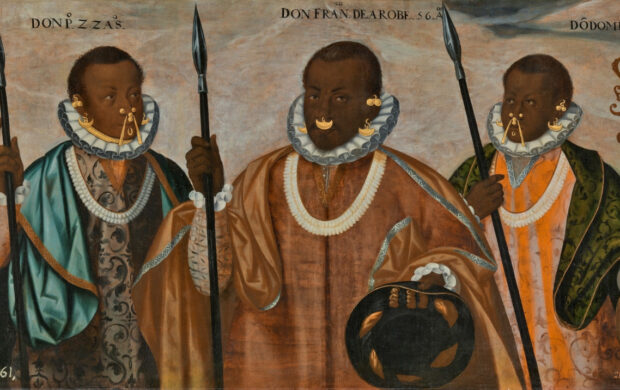Dans l’œil du chien
SHORT FILM AWARD
The grandmother shown in the candid opening shot is seated on her sofa to the humming of a refrigerator, hunched under the film’s obstinate gaze, swatting the odd fly to ease the discomfort caused by the camera. The grandmother is in fact ill. A disease is eating away her face as if she were gradually disappearing. And if the granddaughter is filming, it is clearly in order to embalm her dying grandmother in images. But the way she goes about it gives the impression that the film wants to fight the disease on equal terms, as a cannibal. This literally devouring portrait seeks the warm odour of persistent life under sheets and capes, uses the granddaughter’s hand to touch the grandmother’s hand and its almost translucid skin, relentlessly watches the face whose wound is forgotten by dint of looking. For the filmmaker, this wound is a compelling question and, through it, death becomes a physical puzzle into which you need to plunge both hands. This is what is said, with as much brutality as nobility, in an admirable scene twice revisited by Eustache (via the grandmother, via the pig), who comes to mind here almost as much as Pialat. Both of them knew, as does Laure Portier facing her grandmother, that you have to be raw to love, and a gesture of love like Dans l’œil du chien can only succeed if the cruelty of one’s gaze is not restrained. Prince, the dog, is not as lucky: in his faithful eye, death is the most blinding of all puzzles.
Jérôme Momcilovic
Gaëlle Jones (Perspective Films), Julien Sigalas (Stempel)
Laure Portier
Zied Mokaddem
Julie Brenta
Perspective Films, contact@perspectivefilms.fr





